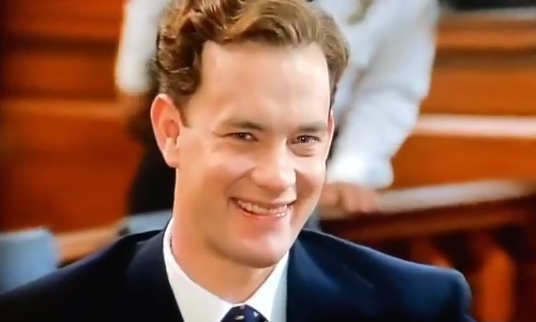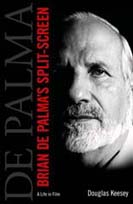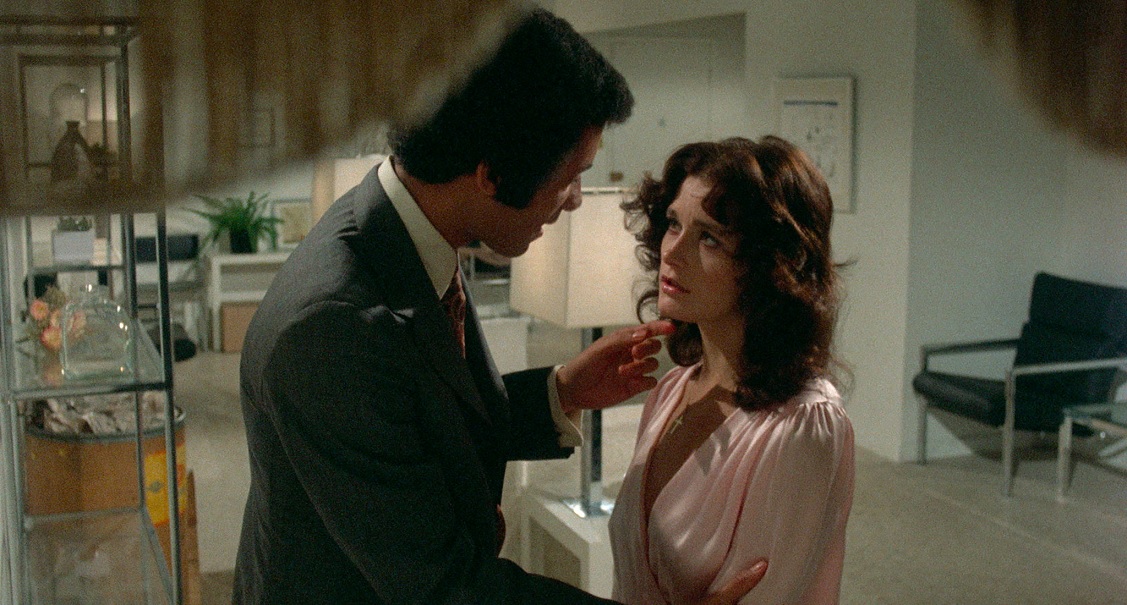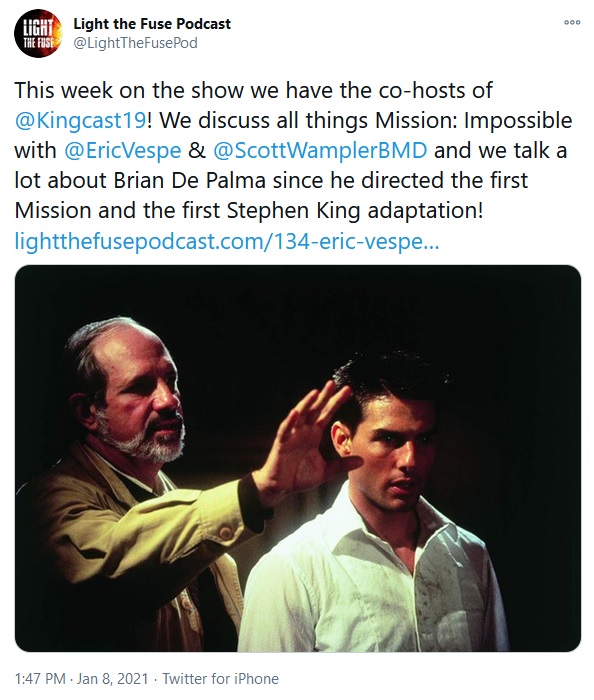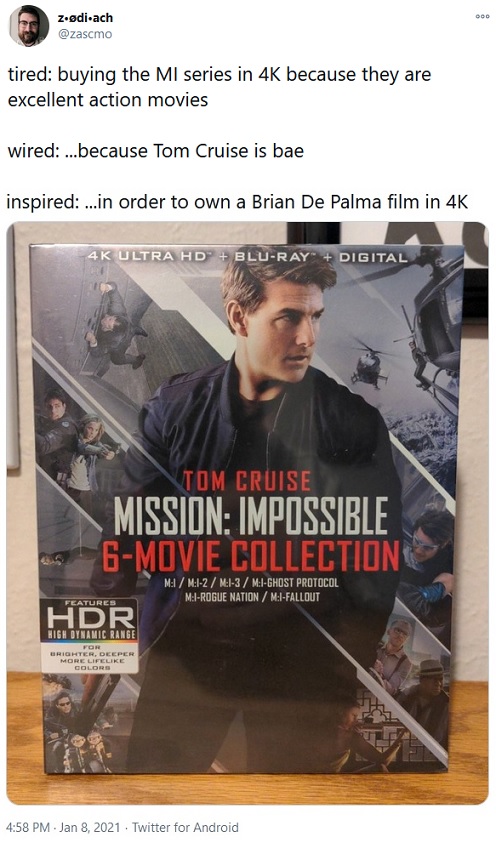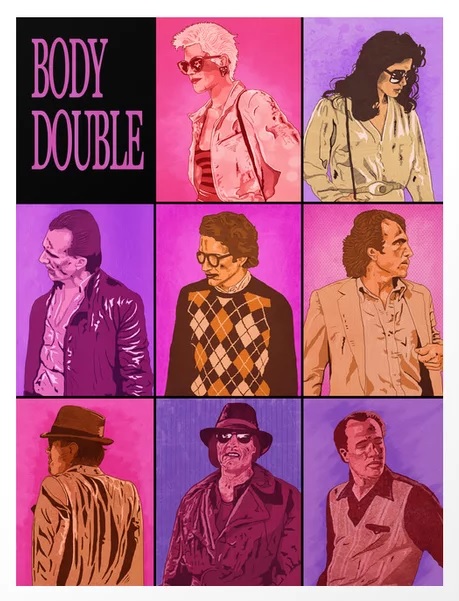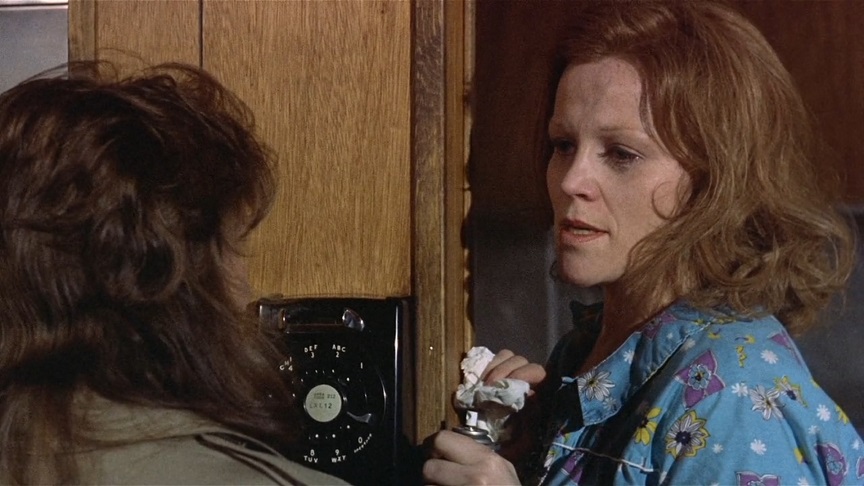'WE'RE MAKING A MOVIE. THIS IS NOT A PHSYICS LESSON'
VFX SUPERVISOR JOHN KNOLL TALKS ABOUT 'MISSION: IMPOSSIBLE' ON LIGHT THE FUSE PODCAST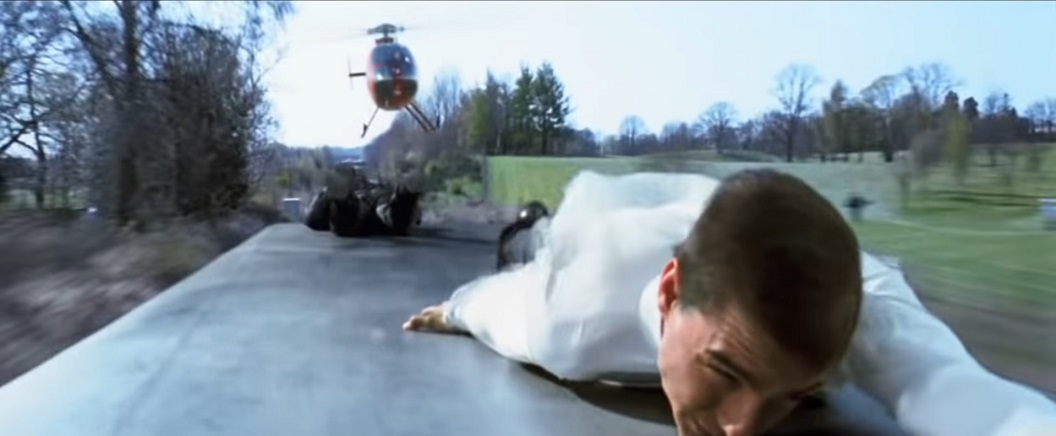
I was intrigued by the description of the
latest episode of the podcast Light The Fuse:
This week we are joined by bestselling novelist Matthew Pearl (“The Dante Club,” “The Poe Shadow”) and we talk about his research into Eliot Ness and the connection he made between “The Untouchables” Odessa steps sequence and the climax of the original “Mission: Impossible.” We discuss other connections between the films, go over some unused script pages, and Pearl brings up a fascinating “Mission: Impossible – Rogue Nation” mystery. Released January 15th, 2020.
The episode is interesting, but there isn't any real direct or concrete connection brought up between the discarded train sequence in
The Untouchables and the train sequence in
Mission: Impossible. The gist of it is simply the idea that after having to drop the train sequence from the earlier film,
Brian De Palma might have been making up for that with the train sequence from the later film. The podcast does explore other connections between the two films, and is an interesting listen. And the hosts also mention that they are hoping to have De Palma on the podcast later this year when the paperback version of
Are Snakes Necessary? is published.
However, as I dug around a bit looking for information about the Mission: Impossible train sequence, I found a Bold Entrance article about it that includes quotes from when visual effects supervisor John Knoll was on the Light The Fuse podcast last year, for three episodes...
I haven't listened to these episodes yet, but I plan to this week. In the meantime, here's an excerpt from the Bold Entrance article:
What Makes An Action Sequence Great? According to Cinelinx, Knoll and De Palma researched two of the great action films, Raiders of the Lost Ark and Terminator 2: Judgement Day, for inspiration. Sequences, such as Indiana Jones chasing the Nazi truck carrying the Ark and the truck pursuing John Connor through the canal in Raiders and T2 respectively, provided key insights into the structure of a great action sequence.
These sequences revealed that every element in a great action sequence is well choreographed together. Camera angles, camera movements, vehicle speed, music, the timing of the stunt to provide a suitable payoff for the audience, sound effects, and music all work in concert to turn a good action sequence into a great one. The placement of vehicles (in this case the helicopter and the train) also needed to favor the performance of the actors.
But unlike Raiders and T2, the majority of the train sequence is not shot on location and relied heavily on a soundstage, miniatures, and visual effects. Knoll and the rest of the crew at ILM had to bring their A-game to this sequence in order to bring a level of realism that made the on-location footage indistinguishable from the effects and soundstage footage.
While Knoll and his team created the most realistic effects possible, De Palma decided to limit the use of music for the first few minutes of the sequence to focus on sound effects. The sound of air rushing by at 200 mph helped set the tone for the sequence, and sell its realism. This directorial choice also helped build the scene up to its crescendo when Cruise finally jumps onto the helicopter’s landing skid and the familiar Mission: Impossible theme music emphasizes the climactic payoff.
From Storyboards to Animatics
To help choreograph these elements, Knoll initially worked with De Palma to storyboard the complex sequence. From his work on Star Trek: Generations (1995), Knoll recalled the limitations of storyboarding correct perspectives for complex FX elements in a shot. To solve this on Star Trek, Knoll had built simple CG models of a lot of the assets and did shot design in 3D “so then I’d know for sure that any shot I designed would be correct.”
Knoll soon found it necessary to follow a similar approach on Mission: Impossible.
“[When De Palma] wanted a list of all the camera focal lengths and positions, so there was no guessing on the stage, it seemed like the natural way to do that was to have a CG model of the train and helicopter, and layout those shots in perspective-correct 3D. I did a first pass on that and then, after I had done stills reproducing the storyboards, Brian requested running footage with animatics. This was just like a previs, and it worked tremendously in helping us make the sequence.”
Making the Outrageous Follow the Law of Physics Making the bullet train sequence look good on paper and in animatics was quite different from making it look good in the final sequence. In fact, it was extremely difficult. According to Knoll, Cruise was involved in pre-production on Mission: Impossible, making sure that shots were staged in such a way that the audience knew he was really doing the stunt.
This also meant ILM needed to make sure the combination of live-action and effects didn’t make Cruise look silly. While the physics of the bullet train sequence gets more ridiculous as the scene progresses, Knoll knew it had to look right on screen to the audience. In a recent interview with Light The Fuse podcast, he said:
“Even if audiences can’t tell you what is technically wrong with a shot, if you don’t get the physics right, they can see that something looks wrong. They might not be able to say, ‘Oh well it’s because that object isn’t following a ballistics trajectory.’ It looks wrong to them. So I think it’s always important for us to do our homework, and try and enforce as much scientific rigor on the work that we’re doing as is appropriate. Obviously we do a lot of fantasy things that are theoretically impossible, but I always try to [think], ‘Well if this were real, if there were some mechanism behind it, what would that look like? And I try and let that drive the work.”
Knoll added that even he had misgivings about some of De Palma’s requests for the sequence:
“I do remember there was a moment where we’re obviously putting Ethan into a lot of peril in that train sequence and there’s a moment where he’s hanging off the side of the train, and there’s another train coming, and he’s about to get scraped off the side of the train. And Brian wanted Tom to be hanging on the side of the train and then sort of tipped up completely horizontal [even though in normal physics] the drag and the wind would have been pulling him sideways. And I was trying to explain, ‘Well I think he should be at a bit of an angle because if you think about the vector math here, the gravity’s pulling him this way, and then the air drag is pushing him this way. You wouldn’t get completely horizontal.’ And Brian didn’t have a lot of patience for that kind of stuff. He said, ‘We’re making a movie. This is not a physics lesson. Get a life.'”
